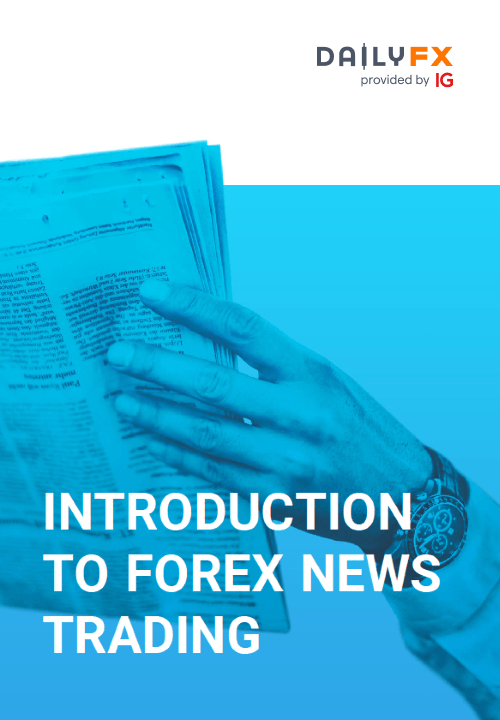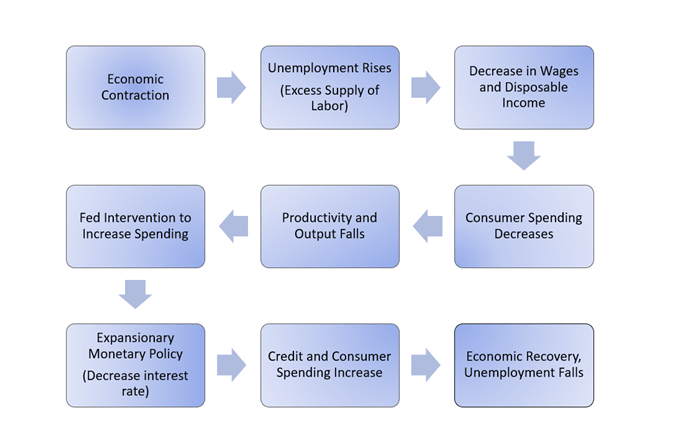What is Employment?
Employment is considered to be a key economic driver and is an important measure of economic growth. According to the International Labor Organization, unemployment is defined as ‘’people of working age who are without work, available for work and actively seeking employment.”So, thereby, those that have jobs are considered employed while those that do not have a job but are currently looking for one are considered unemployed. Although the unemployment rate is not infallible, it is an important factor to consider when performing fundamental analysis and can be likened to the basic economic principle of supply and demand.
Because the change in supply/demand of labor has a direct impact on both growth and consumer spending; unemployment, gross domestic product (GDP) and Inflation are often perceived to be inter-related and all form part of the primary macroeconomic objectives set out by policymakers. Data releases with employment statistics are some of the most important events on the economic calendar and are followed closely by both Central Banks and market participants.
FX traders can monitor central bank announcements via the central bank calendar
Economic Impact of Unemployment
For the US, the Federal Reserve Bank (“The Fed”) relies on employment data when assessing potential adjustments to monetary policy. For example, if US unemployment rate is high, the Central Bank will look to boost the economy with expansionary monetary policy, which often entails reducing interest rates, which can make investing in growth that much more attractive given that rates (opportunity cost) are lower.
The knock on effect of expansionary monetary policy on economic output is demonstrated in the diagram below:


Recommended by Tammy Da Costa
Discover how news events impact the markets

Employment to Inflation
On the other end of the spectrum, strong employment and low rates of unemployment do not necessarily spell for tighter monetary policy or higher rates. There is another factor of concern in that equation, and that’s when inflation begins to enter into the mix.
As the unemployment rate drops, businesses will have a more difficult time finding employees. This should lead to competition for those workers, and this will often show in the form of higher wages, which is considered as inflation.
Inflation is usually the bigger motivator for Central Bankers to hike rates and tighten policy, as this gives them reason for looking to protect the financial system from capital erosion via negative real rates and/or runaway inflation.
In the US, this is often followed through the Non-farm Payrolls report in terms of ‘Average Hourly Earnings (AHE).’
Employment Reports: Non-Farm Payrolls
The Non-Farm Payroll (NFP) report (released by the Bureau of Labor Statistics on the first Friday of every month at 08:30 EST) is one of America’s most influential economic announcements as it is seen as a direct representation of US economic growth. NFP is widely followed due to its early release, highlighting data for the most recently completed month and it’s often one of the first barometers that market participants have for that period. However, the unincorporated self-employed, unpaid volunteers or employees of family, farm workers and domestic workers are all excluded from NFP; and given the early nature of the report, it’s often subject to revisions in later months.
The NFP report comprises data from the Current Employment Statistics (CES) program from the U.S which surveys approximately 141,000 businesses and government agencies. This represents approximately 486,000 individual work sites, with the objective of providing detailed industry data on employment, hours, and earnings of workers on nonfarm payrolls, which accounts for 80% of the US workforce. Workers from the manufacturing, construction and goods sectors are included in the NFP report. The release of NFP, the US unemployment rate and Average Hourly Earnings (AHE) at the beginning of the month makes this data even more significant since it sets the tone for markets under the watchful eye of the Federal Reserve.
Economic Calendar

Daily FX, Economic Calendar


Recommended by Tammy Da Costa
What is the number one mistake made by traders?
Further Reading
Keep track of interest rate decisions by visiting our Central Bank Calendar
NFP and Forex: What is NFP and How to Trade it
Read our article on how Interest rates affect Forex


 Signal2forex.com - Best Forex robots and signals
Signal2forex.com - Best Forex robots and signals




